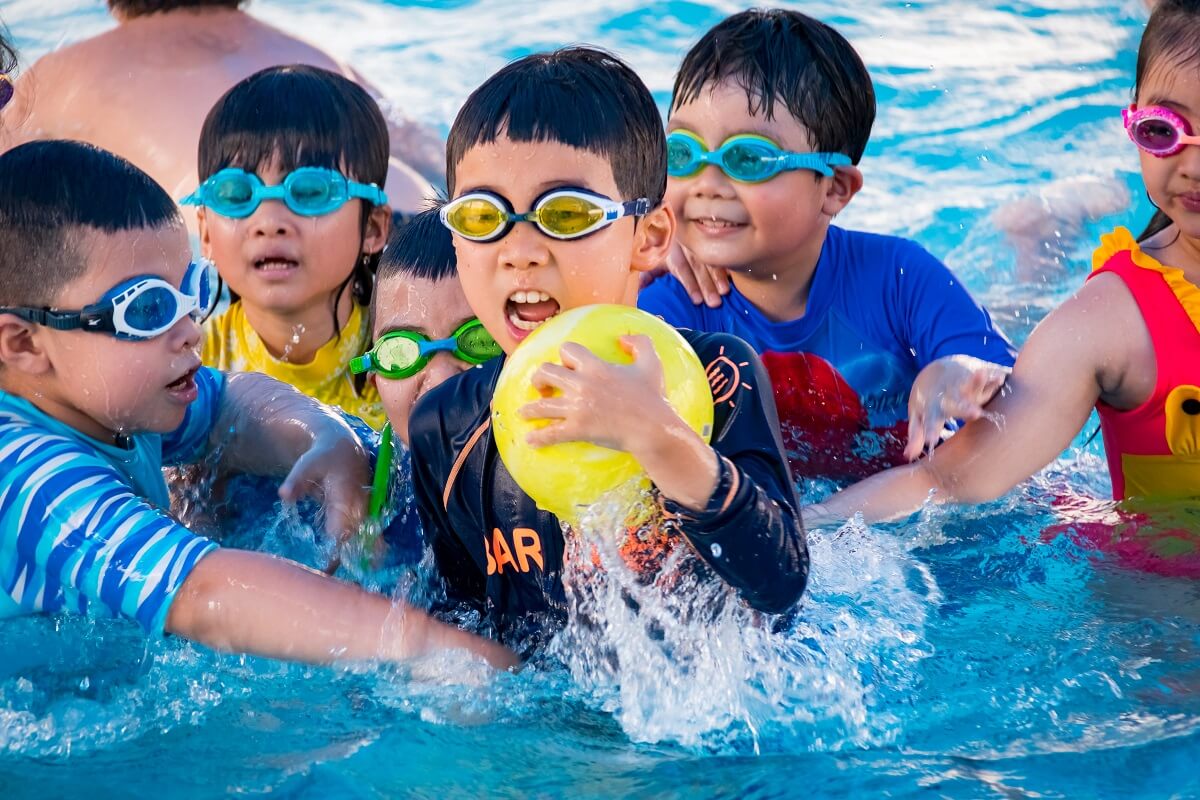Usually, when people allude to English-language immersion in an international school setting, they mean what is actually ‘total immersion’. This is the point at which the student is in an environment where the only language utilized is the one they are attempting to learn.
English immersion is generally viewed as the best technique for learning English. English is among numerous dialects that end up being especially hard to learn, to a great extent because of the way that linguistic guidelines are conflicting in the language. People learning English may briefly think they are learning the language at a good pace, only to discover many special exceptions to the principle they have just learned. For this reason, immersion turns out to be especially successful in providing the necessary level of practice on a consistent basis.
Over the past 50 years, research on language immersion has proclaimed advantages such as academic accomplishment, improvements in the literacy of at least two languages, and thinking abilities.
On the other hand, bilingual education is characterized as any school program that utilizes two languages concurrently. Its objective is for participants to be completely versed in all features of the two languages, for example, having the option to listen, talk, read, and write in both languages.
Bilingual education programs typically stress the objective of being similarly fluent in the two languages. However, this has not been the case for most K-12 bilingual schools in Vietnam. Usually, the words “bilingual program” depict a program that will give proficiency and substance in the essential language, while building English familiarity, to a point where ultimately all instruction will happen in English.
All bilingual program models utilize the students’ home language, along with English, for guidance. Early-leave bilingual programs are intended to assist kids with securing a sufficient level of English required to prevail in an English-only school environment. On the other hand, late-leave programs are different in that English is utilized for instruction as well as the entire duration of the program.
Numerous specialists prescribe that a student should participate in at least one year of English studies before entering an English-language immersion program. A key for any school is to likewise have an English as an Additional Language (EAL) bolster program. EAL assumes a significant job in inviting and supporting youngsters from a wide assortment of linguistic and social foundations.
An EAL program underpins language students in the most comprehensive manner conceivable, with the goal that all may get the full benefit from the school’s curriculum and take an active part in all facets of school life. This methodology ensures consistency and that the advancement of every language student is constantly checked. Numerous EAL programs utilize the WIDA Model evaluation and Six Stages of Second-Language Acquisition to decide the degree of help a student needs.
Learn more about how ISSP – high quality international school Ho Chi Minh City uses both English-language immersion and EAL to support our students from all walks of life. Contact us here: admissions@issp.edu.vn.
Read more:







